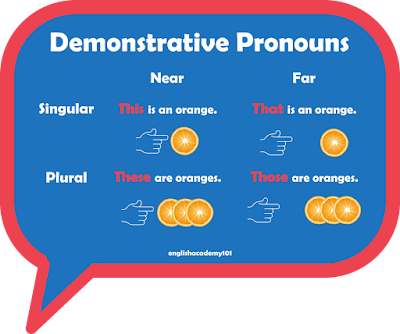Escola: Allifer school.com
Aluno: Washington Allifer Série __________
Professor: __________________________________
Data: ___ / ____/ 2022
1º) Selecione a opção que contém a ordem correta das traduções:
A)
ALWAYS - NEVER - SOMETIMES
( ) nunca - às vezes - sempre
( ) sempre - nunca - às vezes
( ) às vezes - sempre - nunca
B)
OFTEN - ALMOST NEVER - HARDLY EVER
( ) geralmente - dificilmente - quase nunca
( ) geralmente - quase nunca - dificilmente
( )quase nunca - dificilmente - geralmente
C)
USUALLY - FREQUENTLY – RARELY
( ) frequentemente - geralmente - raramente
( ) geralmente - raramente - frequentemente
( ) geralmente - frequentemente - raramente
D)
GENERALLY - EVERY DAY - ALL DAY LONG
( ) geralmente - todo dia - o dia todo
( ) geralmente - o dia todo - todo dia
( ) o
dia todo - todo dia - geralmente
E) ALL NIGHT LONG - EVERY NIGHT - EVERY OTHER
NIGHT
( ) toda
noite - uma noite sim e outra não - a noite inteira
( ) uma
noite sim e outra não - a noite inteira - toda noite
( ) a noite inteira - toda noite - uma noite sim e outra não
2º) Escreva o advérbio corretamente em inglês nos espaços:
A)
Sempre _________________________________
B)
Nunca _________________________________
C)
Às vezes _________________________________
D)
Geralmente _________________________________
E)
Raramente _________________________________
F)
Todo dia _________________________________
G)
Nem sempre _________________________________
H)
Dificilmente _________________________________
I)
Quase nunca _________________________________
J)
A semana toda _________________________________
3.
Responda as perguntas abaixo:
Obs.: utilize os advérbios de frequência.
a)
How often do you watch TV?
________________________________________________________________________________________________________________________________
b)
How often do you study English?
________________________________________________________________________________________________________________________________
c)
How often do you practice exercises?
________________________________________________________________________________________________________________________________
d)
How often do you drink coffee?
________________________________________________________________________________________________________________________________
e)
How often do you take shower?
________________________________________________________________________________________________________________________________






